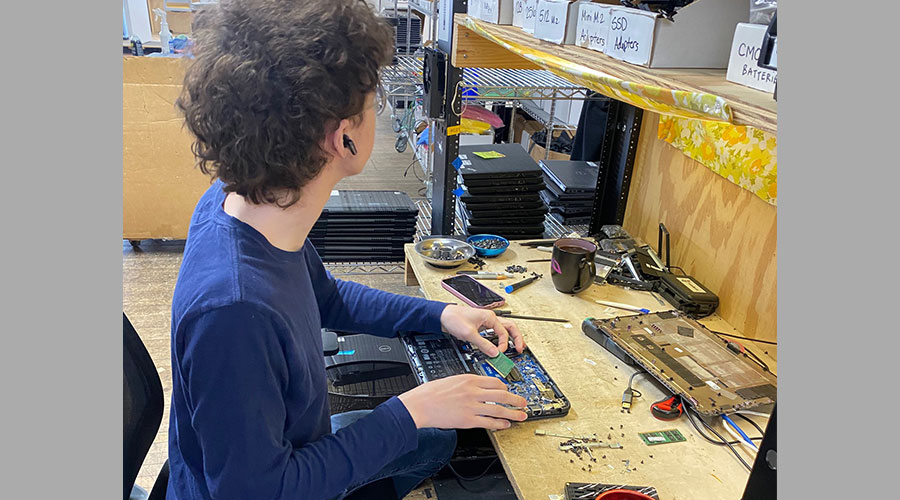High Efficiency Fixtures
Advances in technology offer facility managers an increasingly wide range of toilet and urinal choices, which range from standard toilet and urinal models to dual-flush technologies. High-efficiency toilets (HET), which use no more than 1.28 gallons of water per flush (gpf), and high-efficiency urinals (HEU), which use a maximum of 0.5 gpf, are becoming more popular.
So are zero-water-consumption urinals. Some of these urinals rely on a cartridge that acts as a drain trap.
“The cartridge design and use of nonporous materials ensure that all urine passes into the cartridge and through a biodegradable sealant,” says Randy Goble, vice president of marketing for Falcon Waterfree Technologies.
The sealant liquid provides an airtight barrier between the drain and the restroom to prevent odors from escaping. The sealant lasts for the life of the cartridge.
These zero-water-consumption urinals help reduce sources of bio-aerosols and surface bacteria, says Goble. He cites a bio-aerosol study conducted by the St. Louis County Health Department in Minnesota which found that water-flushing urinals eject five times more colony-forming units when compared to zero-water-consumption urinals.
“Waterfree urinals eliminate the flush plume that is normally generated by water-flushing urinals, minimizing the airborne bacteria that would otherwise spread to every surface of the restroom,” Goble says.
Another opportunity for bolstering hygiene is using touchless flushing mechanisms. These systems flush automatically when not in use to keep fresh water in the bowl at all times, helping reduce odor and improve hygiene.
Non-potable, grey water use in restrooms is expected to grow, according to Martin. He says he expects to see additional emphasis with rainwater harvesting in commercial restroom flushing applications and believes that electronic technology will continue towards zero energy consumption with turbine and solar assistance.
Many products are currently powered via batteries or plug-in transformers. But solar-powered fittings are available that are powered by any natural or artificial restroom light source, including occupancy-controlled lighting. This enables facility managers to save both water and energy, while the touch-free surfaces improve hygiene.
Recently, hydro-generator electronics systems have been introduced. As the faucet is used, wastewater is routed past an internal turbine. As the turbine spins, electrical energy is stored in a rechargeable cell that helps provide a self-sustaining system with a claimed 10-year battery life.
Wireless operation, based on radio frequency technology, is another emerging option for faucets. These faucets are installed without having to make an electrical connection to the control module under the lavatory, making for a simple retrofit application. The faucet transmits a signal to the control module to activate the solenoid and turn on the water. Wireless technology reduces vandalism because there are no wires to damage or remove.
Related Topics:














